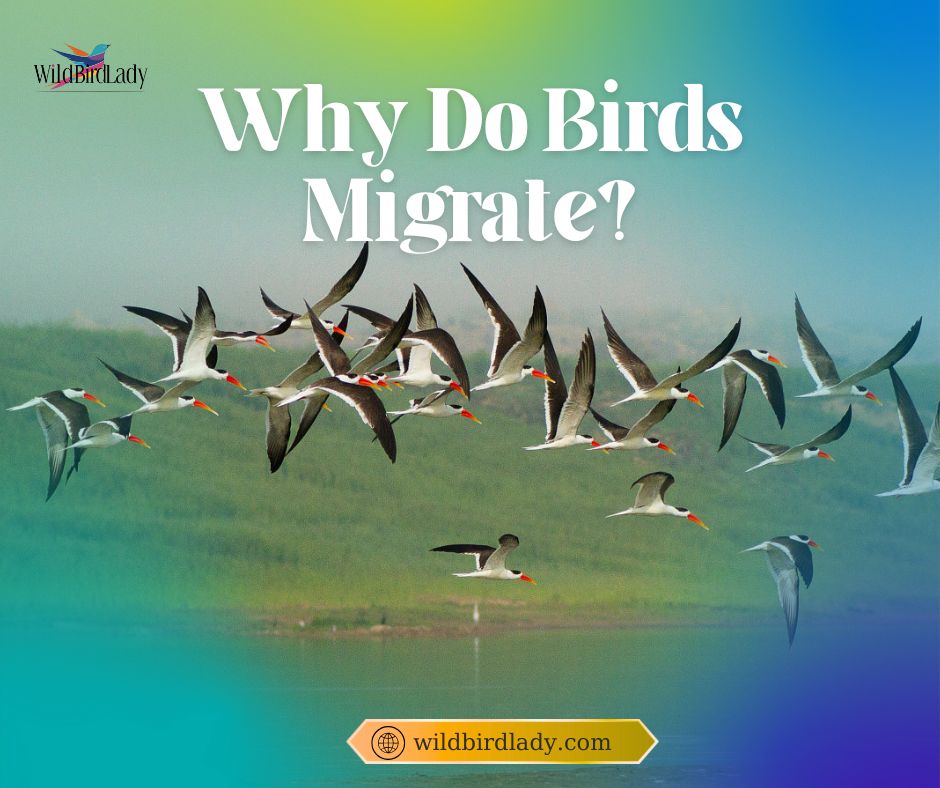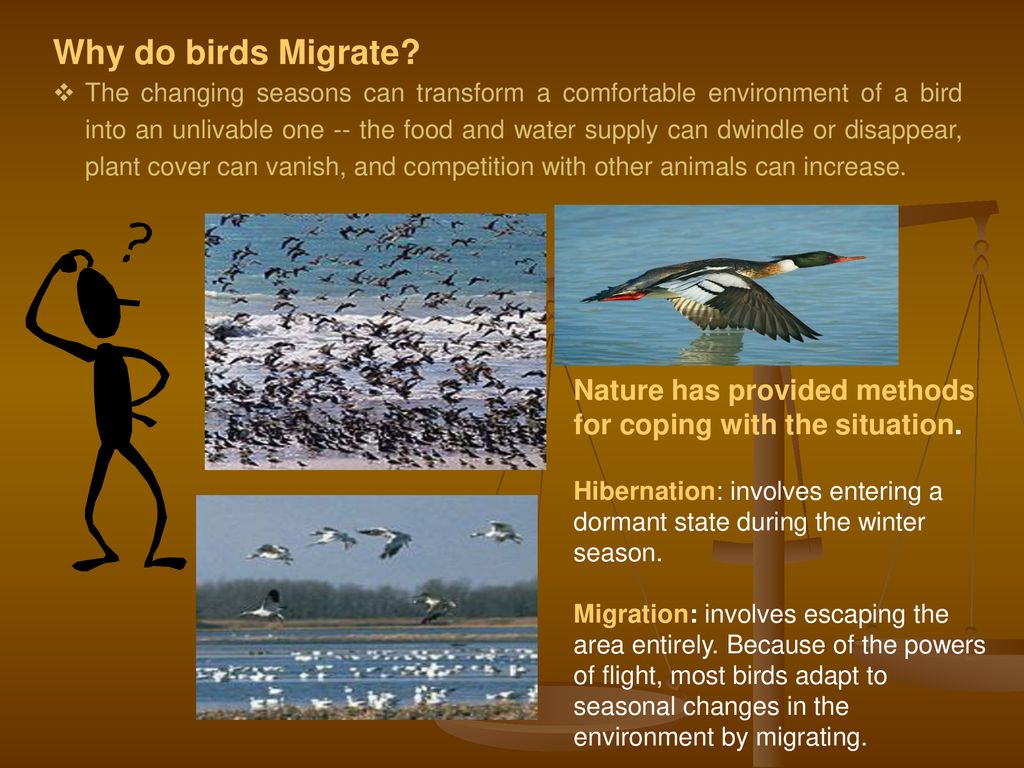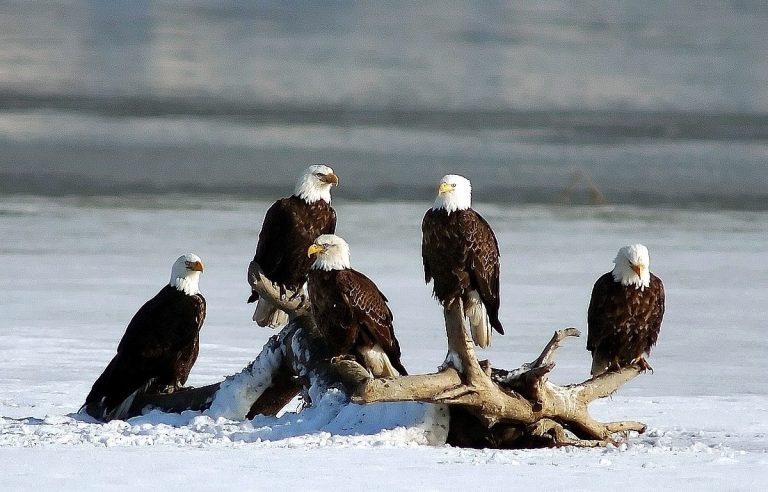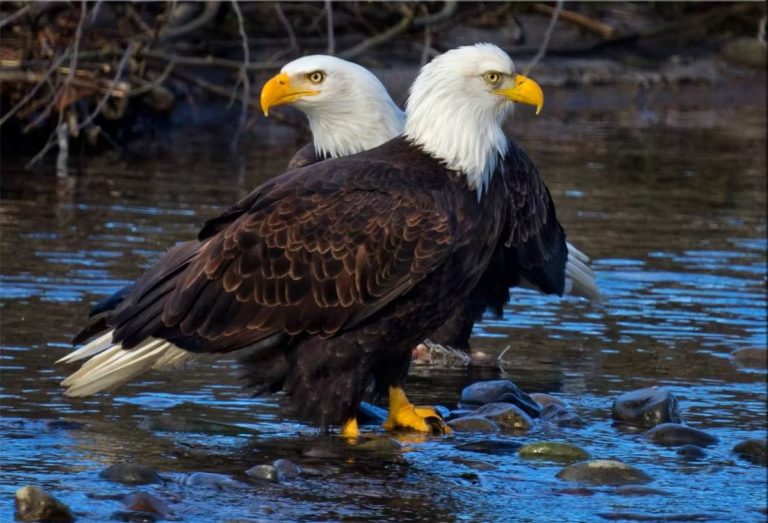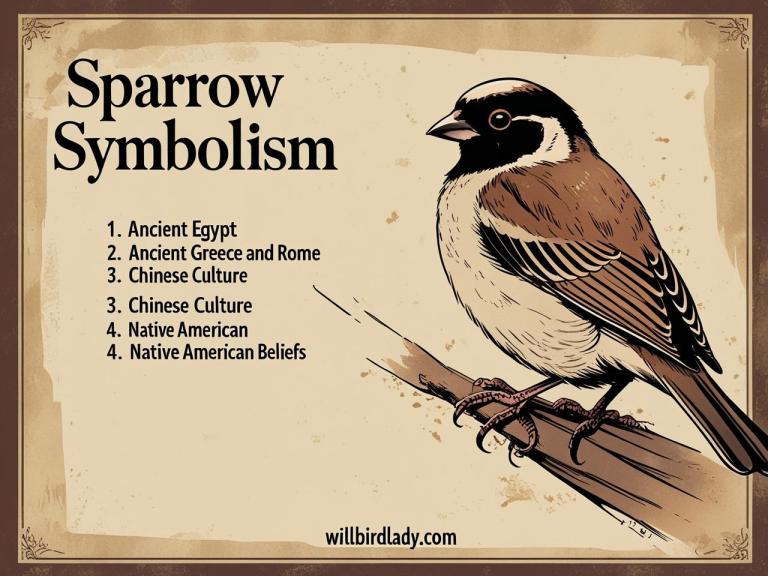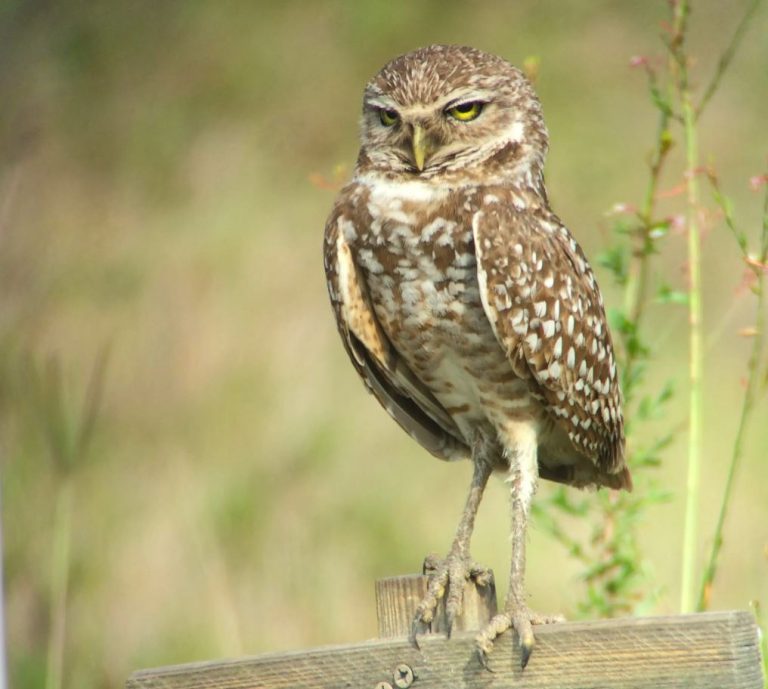Why Do Birds Migrate? The Science Behind One of Nature’s Greatest Journeys
Every year, billions of birds take to the skies, flying thousands of miles across continents and oceans. This awe-inspiring phenomenon—bird migration—raises a fundamental question: Why do birds migrate? From escaping harsh winters to securing food and nesting sites, bird migration is driven by a complex web of ecological and evolutionary factors.
In this guide, we’ll take a deep dive into the reasons why birds migrate, how they prepare for such long journeys, and what dangers they face along the way. Whether you’re a bird enthusiast or a curious reader, this article will give you a complete picture of the migration story.
What Is Bird Migration?
Bird migration is the seasonal movement of birds from one region to another—typically from breeding grounds to wintering grounds and back again. Most migratory birds follow a regular, annual pattern that is genetically hardwired but also influenced by environmental factors.
Key Characteristics of Bird Migration:
- Usually seasonal (spring and fall)
- Involves long-distance travel (some over 10,000 miles)
- Follows specific flyways or routes
- Includes both solo and flock migrations
Why Do Birds Migrate? The Primary Reasons
1. Food Availability
Perhaps the most fundamental reason birds migrate is to find food. As winter approaches in temperate and arctic regions, insects die off, and vegetation becomes scarce. Birds that rely on these resources must move to areas where food is still available.
For instance, insectivorous birds like warblers and swallows head south to Central or South America where bugs remain abundant throughout the winter.
2. Breeding Opportunities
Migration allows birds to breed in optimal conditions. In the northern hemisphere, spring brings long daylight hours, abundant food, and fewer predators—perfect for raising chicks. By migrating, birds exploit these seasonal advantages.
Species like Arctic Terns travel from Antarctica to the Arctic Circle, just to breed in the long summer days of the north.
3. Climate and Temperature
Birds are sensitive to temperature extremes. Migrating to warmer regions during cold months helps them conserve energy and avoid freezing conditions that would otherwise be fatal.
Waterfowl such as ducks and geese migrate to avoid frozen lakes and ponds, which make feeding impossible.
4. Avoiding Competition
Migration also helps birds avoid competition for food and nesting space. By spreading out over different regions at different times of the year, they reduce pressure on limited resources.
Types of Bird Migration
Not all bird migrations are alike. Here are the major types:
1. Latitudinal Migration
The most common form—birds move north to south and back between breeding and wintering grounds. Examples: songbirds, shorebirds, raptors.
2. Altitudinal Migration
Some birds migrate up and down mountain slopes, depending on the season. For instance, hummingbirds in the Andes descend during winter months.
3. Long-Distance Migration
Species like the Bar-tailed Godwit fly nonstop across the Pacific Ocean, from Alaska to New Zealand—a journey over 7,000 miles.
4. Short-Distance Migration
Birds like American Robins may simply move a few hundred miles to avoid snow and ice.
How Do Birds Know When and Where to Migrate?
Birds use a combination of internal and external cues to time and guide their migrations:
Internal Clocks and Hormones
Changes in daylight (photoperiod) stimulate hormonal changes that trigger restlessness and preparation for migration (known as zugunruhe).
Navigation Tools
Birds navigate using:
- Sun and stars
- Earth’s magnetic field
- Landmarks like mountains, rivers, and coastlines
- Scent and polarized light (especially in pigeons)
Innate vs. Learned Behavior
While many birds are born with migration routes encoded in their genes, others learn from experience or by following older individuals in a flock.
How Far Do Birds Migrate?
Migration distances vary dramatically:
- Short-distance: A few hundred miles (e.g., Eastern Bluebirds)
- Medium-distance: A few thousand miles (e.g., Baltimore Orioles)
- Long-distance: Up to 15,000 miles annually (e.g., Arctic Terns)
The Arctic Tern holds the record for the longest migration, traveling about 25,000 miles each year round-trip.
Major Bird Migration Routes
Birds follow established flyways, which offer food, rest stops, and safer paths. The four major flyways in North America include:
- Atlantic Flyway – From Canada down the East Coast to South America
- Mississippi Flyway – Along the Mississippi River Basin
- Central Flyway – Across the Great Plains
- Pacific Flyway – From Alaska down the West Coast to Central and South America
Each flyway hosts millions of birds during migration seasons.
The Dangers of Migration
Migration is a perilous journey, and many birds never make it to their destination. Common threats include:
1. Predators
Birds become vulnerable when they’re exhausted or in unfamiliar territory.
2. Storms and Weather
Sudden storms can disorient or kill birds mid-flight, especially over oceans.
3. Loss of Habitat
Urban development and agriculture reduce the availability of critical stopover habitats where birds rest and refuel.
4. Light Pollution
Artificial lights from cities confuse migrating birds, leading to collisions with buildings and towers.
5. Hunting and Poaching
In some countries, migratory birds are still legally or illegally hunted in large numbers.
Climate Change and Migration Patterns
As global temperatures rise, migration patterns are shifting in concerning ways:
- Earlier spring migrations can mismatch with food availability.
- Delayed or shorter migrations due to milder winters.
- Range shifts northward as birds search for suitable climates.
- Habitat loss from rising sea levels and wildfires disrupts flyways.
A study by the Audubon Society projects that over 300 North American bird species may lose more than 50% of their range by 2080 due to climate change.
How You Can Help Migratory Birds
You don’t need to be a scientist to make a difference. Here’s how you can support migratory birds:
1. Plant Native Plants
These provide food and shelter along migratory paths.
2. Provide Water Sources
Birdbaths or small ponds help birds hydrate on their journey.
3. Turn Off Lights During Migration
Join the “Lights Out” movement to prevent disorientation and death.
4. Avoid Pesticides
They reduce insect populations—vital food for many migratory birds.
5. Support Conservation Groups
Donate to or volunteer with organizations like the Cornell Lab of Ornithology or BirdLife International.
Conclusion: A Cycle of Survival and Hope
So, why do birds migrate? It’s a story of survival, adaptation, and incredible instinct. From tiny hummingbirds to massive cranes, migratory birds remind us of the resilience of life and the intricate connections of ecosystems across the globe.
As climate change and habitat destruction intensify, understanding and protecting migratory birds is more crucial than ever. Every effort we make—from planting a native tree to supporting bird conservation—helps ensure that these miraculous journeys continue for generations to come.
FAQs
Why do birds migrate in the fall?
Birds migrate in the fall to escape cold weather and find food in warmer regions.
Do all birds migrate?
No. While many species migrate, some are year-round residents and adapt to seasonal changes locally.
How do birds prepare for migration?
Birds prepare by eating more food to build fat reserves, molting to get new feathers, and responding to changing daylight.
What is the longest bird migration?
The Arctic Tern holds the record with a round-trip migration of about 25,000 miles.
How do humans affect bird migration?
Habitat destruction, climate change, light pollution, and pesticide use all negatively impact migratory birds.

